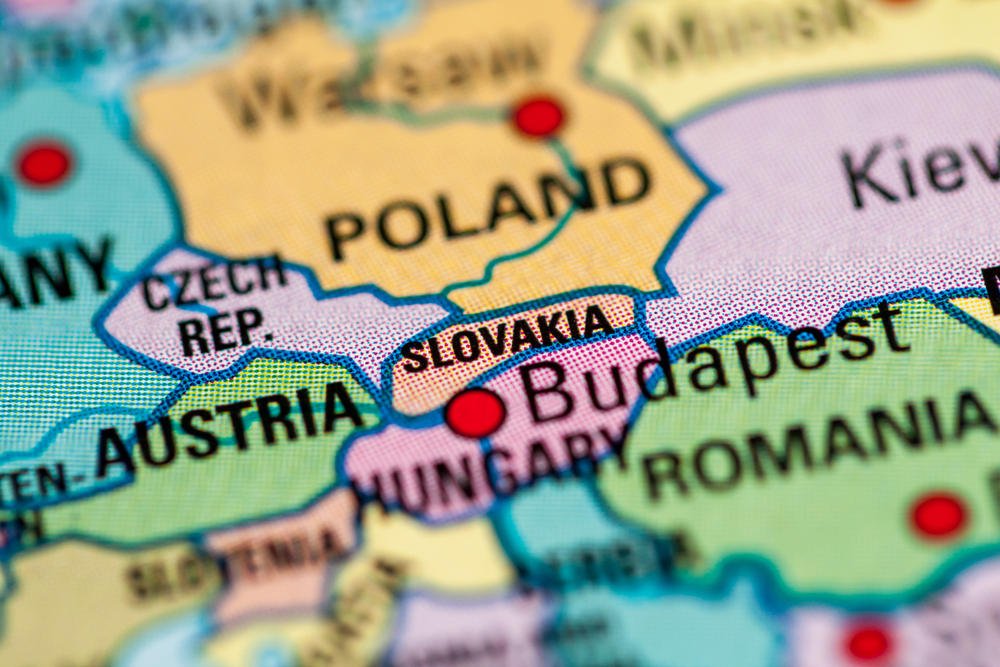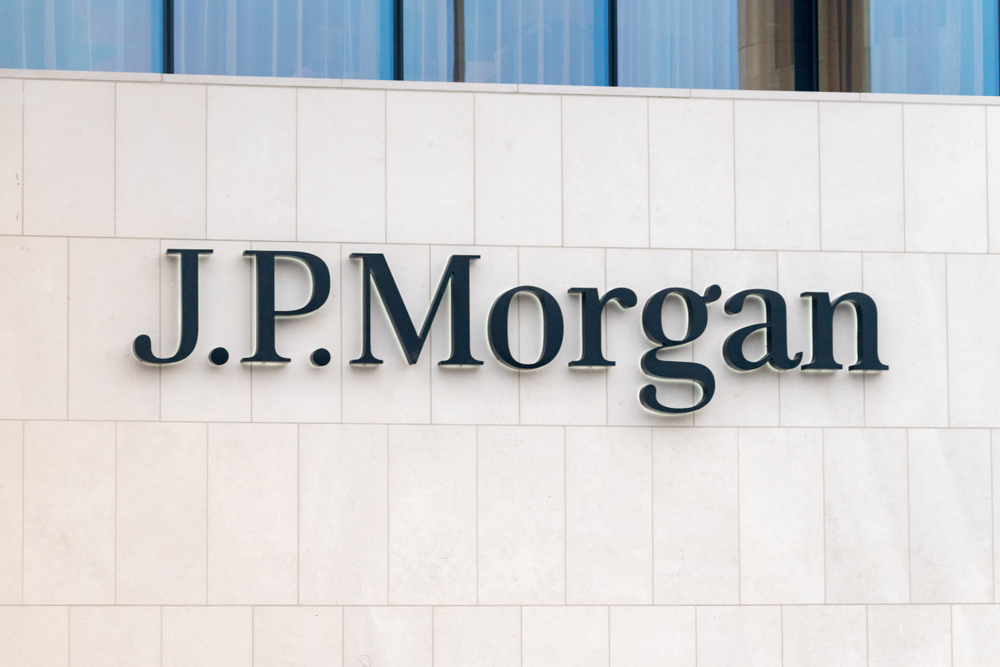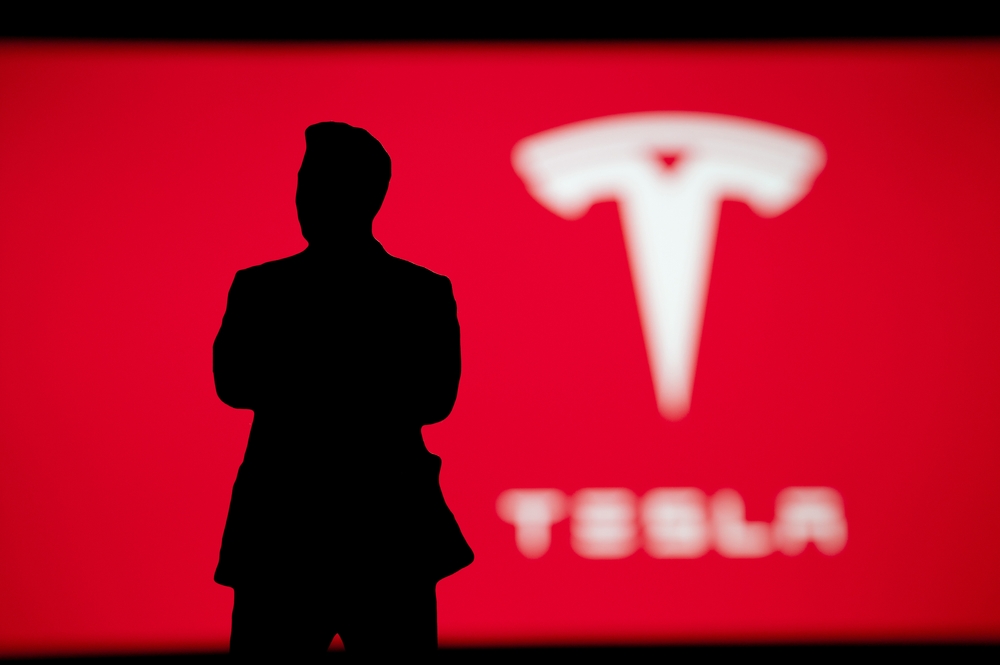Recent data indicates that the euro zone's economy stagnated in the past year, trailing behind the global economic growth trend. The euro area narrowly avoided a recession in the final quarter of the year, with Germany's economy contracting by 0.3%. Although Spain and Italy showed some growth, overall growth in the euro zone remained modest, marking the sixth consecutive quarter of minimal expansion.
Although Germany narrowly avoided a technical recession, projections from the Ifo institute suggest a further 0.2% decline in GDP for the first quarter of 2024. Economists express skepticism about the near-term prospects, noting disappointing private consumption and indications of ongoing contraction in industrial production. Some point out that economic output in Germany hasn't grown in four years, highlighting a broader trend of stagnation. Pressure mounts on Chancellor Olaf Scholz's government to enact reforms that bolster the economy amidst transitioning to a greener economy. Leading industry associations urge for measures such as cheaper electricity prices, infrastructure investment, and tax reform to enhance Germany's attractiveness for businesses.
Despite the gloomy outlook, easing inflation provides a glimmer of hope, potentially allowing the European Central Bank room to maneuver with interest rate cuts. Economists anticipate continued sluggishness in the coming months, with a potential modest recovery expected in the summer. Factors contributing to this forecast include expectations of increased household consumption as energy price shocks subside and inflation decreases. However, growth projections remain subdued, with the International Monetary Fund revising down its growth forecasts for the euro area to 0.9% for the current year and 1.7% for 2025.
Strikes and protests over inflation have occurred, particularly among farmers opposing reductions in EU subsidies. With inflation expected to decline, workers may regain some purchasing power, while anticipated rate cuts by the European Central Bank could alleviate pressure on sectors like construction. However, some economists remain skeptical about the prospects for a significant turnaround in the near term, suggesting that ECB rate cuts may not positively impact the economy until 2025.
The ECB’s chief economist, Philip Lane, disclosed that the bank's new artificial intelligence model suggests inflation in the euro area might decrease faster than the ECB's own projections, albeit with significant uncertainty. This AI model, utilizing around 60 variables, provides forecasts that diverge from the ECB's official macroeconomic projections, indicating inflation closer to the bank's 2% target by June. However, Lane emphasized caution due to the wide range of potential outcomes indicated by the AI model. While investors may interpret these forecasts as a signal for potential interest rate cuts by the ECB, Lane warned against solely relying on the central tendency of the distribution.
The complete set of harmonized indices of consumer prices (HICP) for the Euro area, EU, and Member States is scheduled for release around the middle of the month following the reference month. This implies that the estimates could undergo revisions when more comprehensive data becomes available. However, the current data gives us an idea about eurozone economy performance as well as outlook.
With Germany typically serving as Europe's economic powerhouse, the recent weak results have had a dragging effect on the entire bloc.
InvestingFox
Sources
https://www.reuters.com/markets/europe/german-economy-contracted-by-03-q4-stats-office-2024-01-30/
 Polish
Polish
 English
English
 Slovak
Slovak
 Czech
Czech
 Hungarian
Hungarian
 Italiano
Italiano





